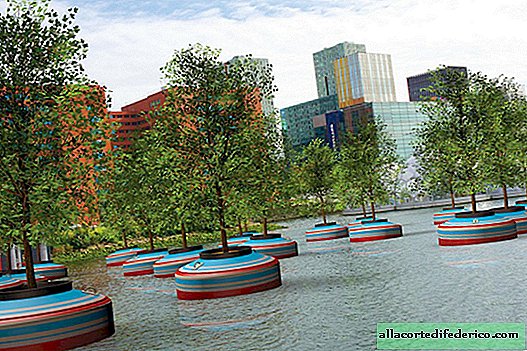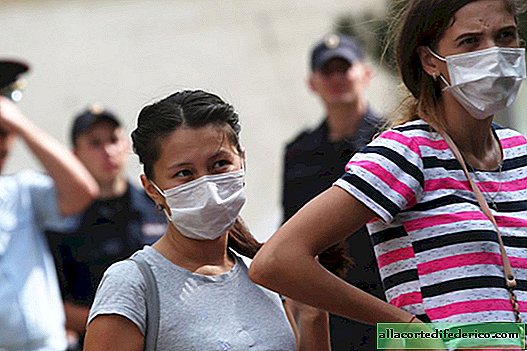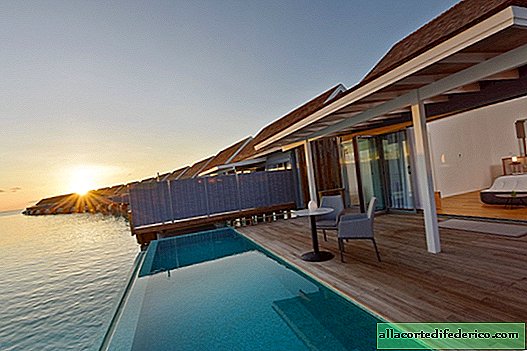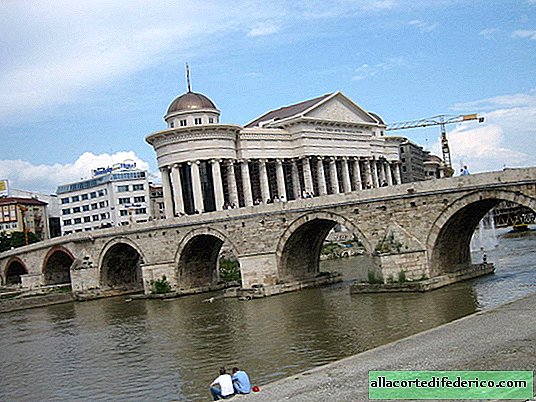Why passengers do not cradle passengers on modern cruise ships
Many people suffering from motion sickness in transport mistakenly believe that they will face only troubles on a sea cruise. In fact, this is not so: modern cruise liners have a special stabilization system to avoid motion sickness.
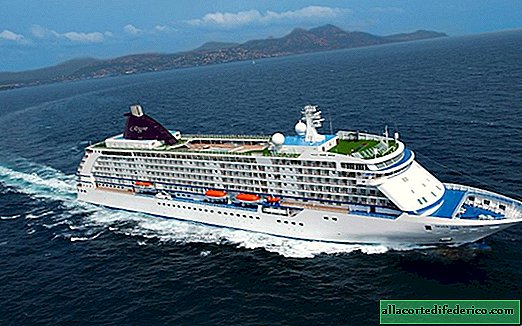
To begin with, let's see what seasickness is and in what cases it is observed. Motion sickness, or kinetosis, manifests itself mainly in the form of nausea and dizziness. This trouble can arise not only when sailing on a ship, but also when traveling in a car, train or traveling by plane. This disease affects not only children under the age of 10-12 years, but also about 10% of adults.

The main cause of symptoms of motion sickness is the weakness of the vestibular apparatus. The human body is designed in such a way that traffic on transport is perceived by it as something that deviates from the norm. When walking or running, the human body makes a movement, and vision captures a change in the surrounding space, transmitting the corresponding signals to the brain. The body does not notice any contradictions. But when traveling on a ship or in a car, the visual receptors also give a signal of movement, since the picture changes before the eyes, but the movement itself does not occur. The person is in a static position. Because of this, a malfunction in the functioning of the brain occurs, which during normal operation of the vestibular apparatus is almost imperceptible or quickly compensated. And with various disorders or low training, as in children, for example, seasickness occurs.
While sea cruises bring a feeling of relaxation and comfort to most people, kinetosis sufferers cannot boast the same sensations. There can be no talk of any pleasure when a person is rocking and he feels, to put it mildly, not very well. Therefore, engineers and designers have developed a special pitching stabilization system for modern cruise liners.

In order to accommodate a large number of passengers, the liners have several tiers. Therefore, it turns out that the top of the ship is much larger than the one that is immersed in water. In marine terms, the liner has a slight draft, that is, the depth at which the ship plunges into the sea is about 6-8 meters. While the upper part often exceeds 30-40 meters. With these parameters, special mechanisms are needed to ensure the stability of the vessel in the waves, in the direction of travel and during stormy weather.
It turns out that rocking is different. In total, sailors distinguish 6 types of pitching, the direction of which is shown in the figure.

A comprehensive system based on the gyroscope, a special device that determines the position of the vessel relative to the inertial reference system, is responsible for making passengers feel comfortable. It primarily includes ballast tanks, which are located at the bottom of the cruise ship. They accumulate water, and due to the additional weight in the lower part of the vessel becomes more stable.

In addition, each modern cruise ship is equipped with stabilizer wings or mobile ballasts. The mechanisms located under water, receiving signals from the gyroscope, move in antiphase to the waves and thus contribute to the fact that the pitching is quenched. Of course, all these smart systems are computer controlled, so the whole process of stabilizing a cruise ship is fully automated. On modern ships, the pitch stabilization system is so perfect that passengers may not notice a 4-5-point storm.

It remains only to add that people prone to seasickness should choose the right placement on the liner. Least of all pitching is felt on the lowest floor in the center of the ship, and the most unfavorable cabins in this regard are located on the upper tiers on the periphery of the ship. Therefore, choose a place to relax wisely, and then the trip will bring you only positive emotions.



